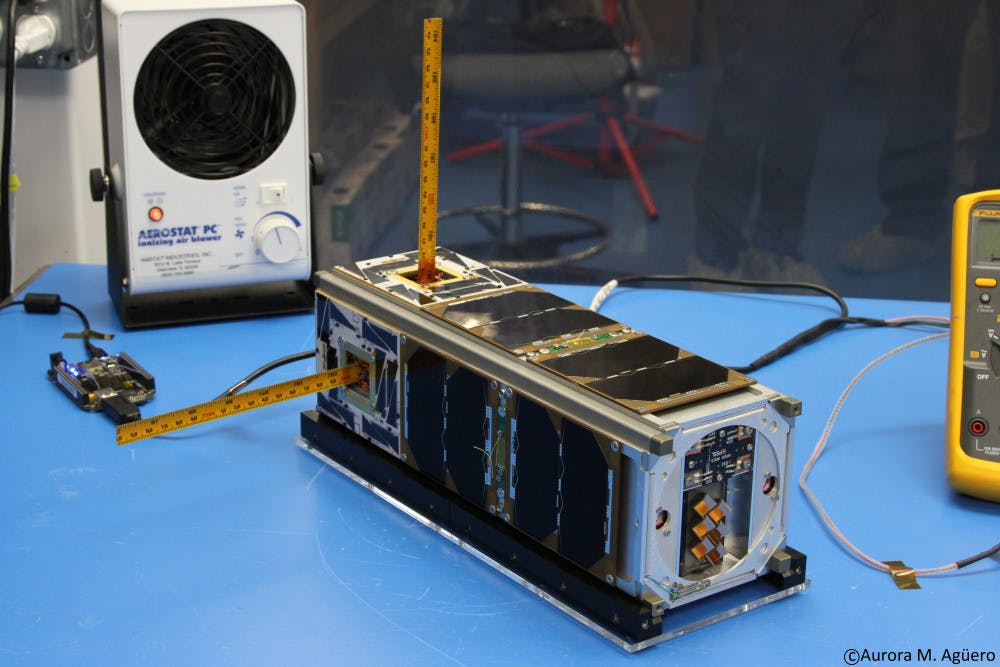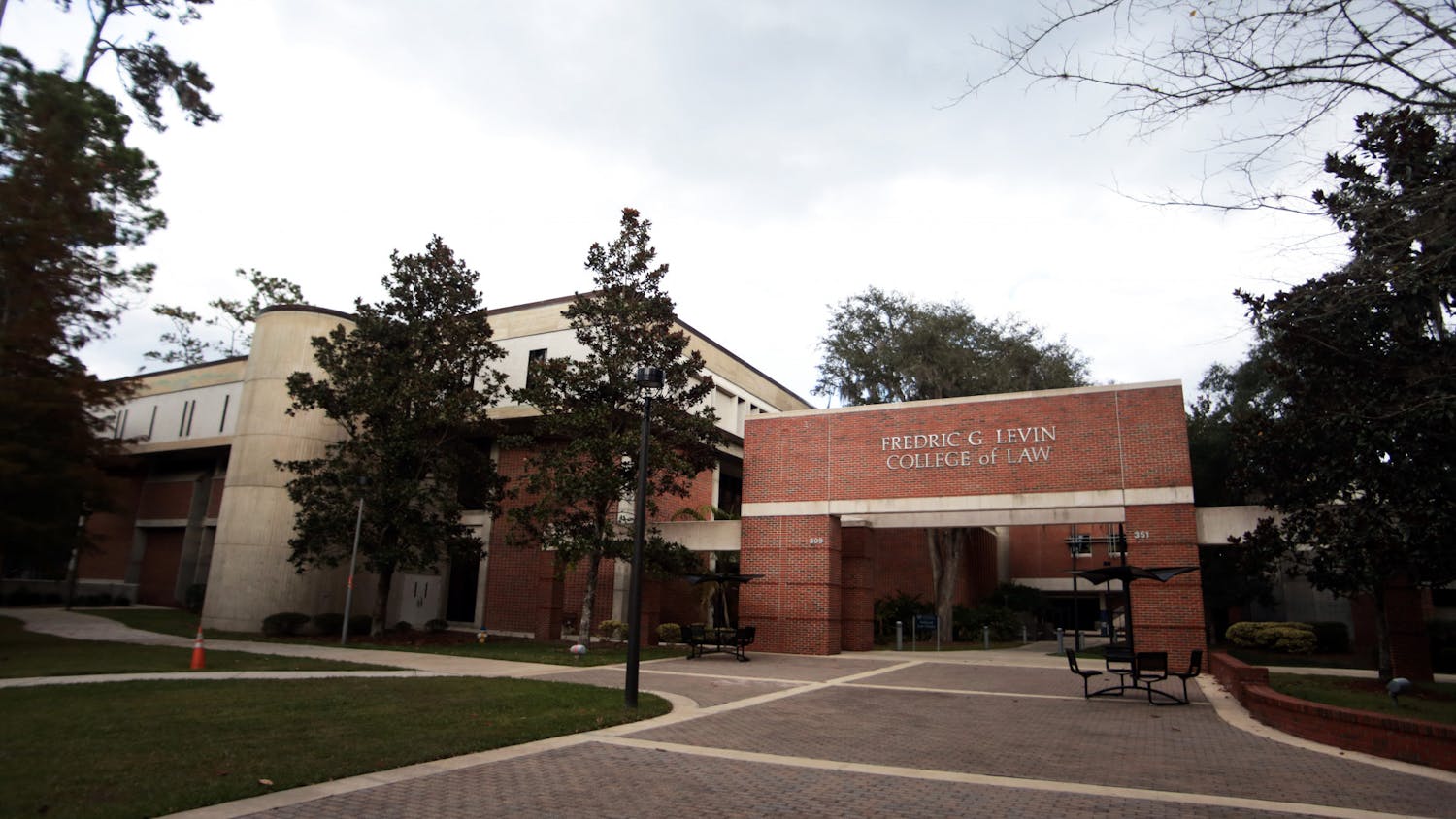Tyler Ritz doesn’t just want to be an astronaut. He also wants to leave a piece of his work in space.
Ritz, a 24-year-old UF aerospace engineering doctoral student, was one of more than two dozen UF students who, over five-and-a-half years, built the smallest satellite able to operate an atomic clock, which uses the most accurate time and frequency standards. The satellite made its way to space on Dec. 16.
“It’s kind of bittersweet,” Ritz said. “You sit there with it 24/7, and it’s weird because that’s the last time anyone would ever get to see this thing because it’s getting launched 500 km in the air.”
Rocket Lab launched the UF-built satellite and 12 other research cube satellites — a small standard-shaped satellite that does one job — as part of NASA’s Educational Launch of Nanosatellites, an initiative that was created to attract and retain students in science, technology, engineering and mathematics, Ritz said. The UF satellite will work to provide more accurate location and timing for GPS services.
NASA, the Air Force Research Lab and the Florida Stanford Research Institute collectively awarded about $500,000 to pay for the creation of the satellite, which completed is valued at $1 million, Ritz said.
Most GPS satellites are the size of a school bus and use about 2,000 watts of power, but this UF satellite is about the size of a shoebox and only takes about five watts of power, Ritz said.
The satellite completes one orbit around the Earth about every hour and a half, said John Conklin, a UF mechanical and aerospace engineering professor.
The satellite’s increased accuracy could also reduce and eliminate the wait time for rerouting on GPS devices, Conklin said.
The success of the satellite has shown the quality and depth of work that can be done at UF, Conklin said.
“Every now and then I take a step back and realize how amazing it is,” he said.
Contact Josephine Fuller at jfuller@alligator.org. Follow her on Twitter @JomarieUF.
The UF CubeSat Handling Of Multisystem Precision Time Transfer satellite is the size of a shoebox and can work off of five watts of power. In comparison, most GPS satellites are about the size of a school bus and use about 2,000 watts of power. Courtesy to The Alligator






